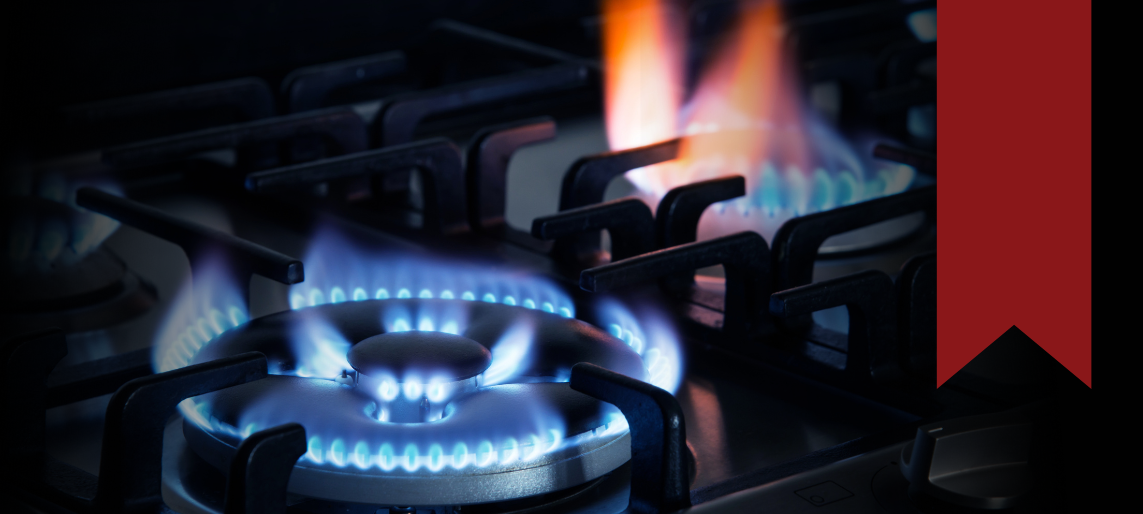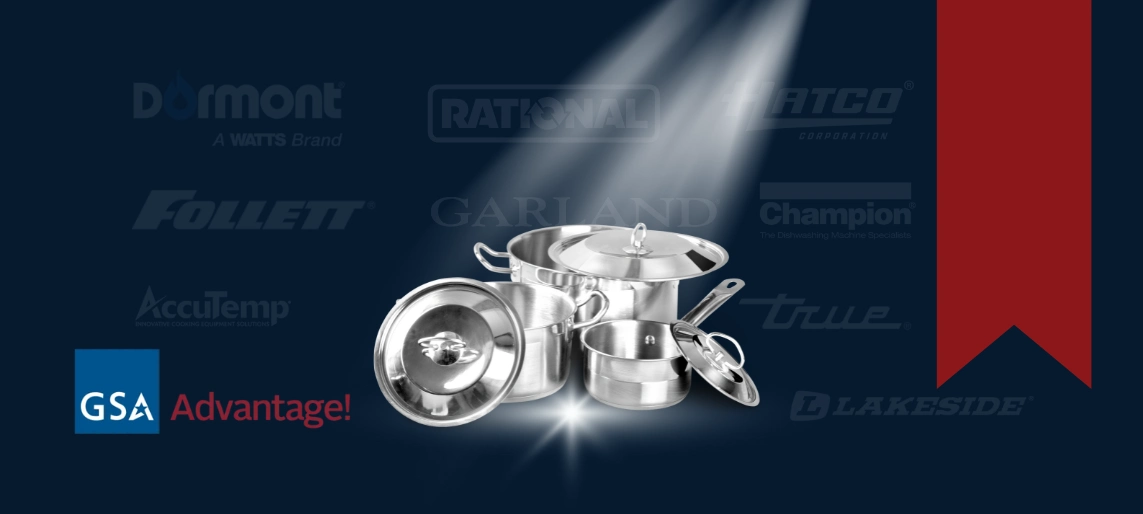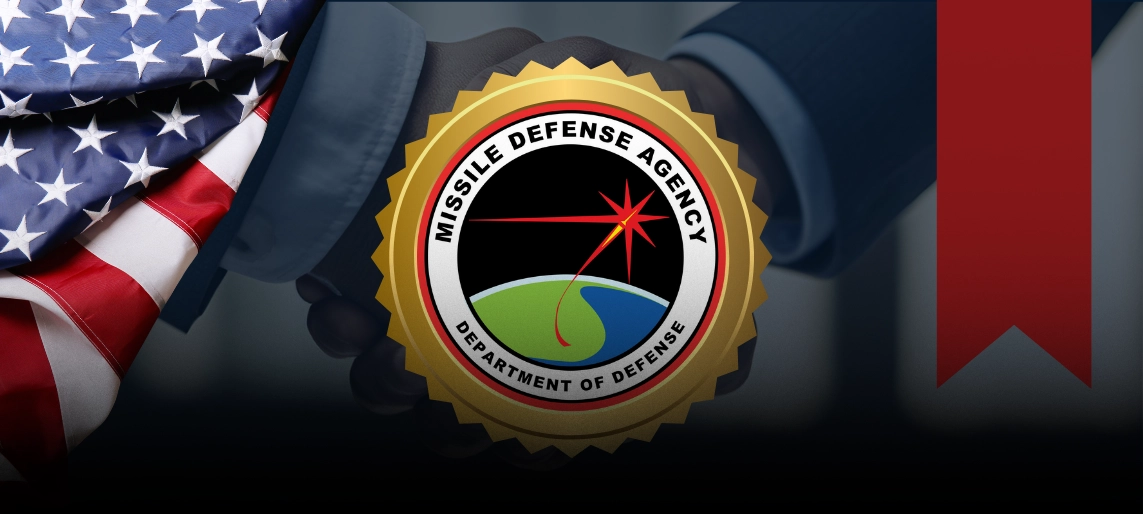
Summary
Gas line mismatches can cause performance issues, safety concerns, and costly delays when installing commercial kitchen equipment like combi ovens. In this post, we explain why gas line size matters, share a real example from an Aldevra installation, and show how to avoid the problem with the right preparation.
What’s a Gas Line, and Why Does Size Matter?
A gas line is the pipe that carries natural gas or propane into your kitchen equipment. Think of it like a water hose—the size of the pipe determines how much “fuel” can flow through.
- Bigger pipe = more flow. This is useful for high-powered appliances like ovens, ranges, or fryers.
- Smaller pipe = less flow. If your equipment is designed for less, too much or too little can cause problems.
- The right size = safe and efficient. Matching the oven’s requirements to the building’s gas line ensures your equipment runs exactly as designed.
Why Mismatches Cause Problems
When the gas line is too large for the oven:
- The oven may not regulate properly, leading to uneven cooking, poor efficiency, or frequent shutdowns.
- Excess gas flow can overwhelm the oven’s internal regulator, increasing the risk of leaks or flame instability.
When the gas line is too small:
- The oven may not get enough gas to reach or maintain the correct temperature.
- Burners can “starve” for fuel, shortening equipment life and slowing down service.
Bottom line: The gas line must match the equipment’s requirements for the oven to perform reliably and safely.
The Situation We Faced
During a recent combi oven installation, our team discovered a mismatch: the customer’s kitchen was set up with a 15” gas flow line, but the oven required a 10” line.
At first glance, this might seem like a small detail. But left uncorrected, it could have caused cooking problems, safety risks, and delays in getting the kitchen operational.
The Fix
To solve the issue, Aldevra installed an external gas pressure regulator between the two connections. This regulator acted like a “traffic controller,” reducing the larger flow from the 15” line down to the oven’s 10” requirement.
The result: safe, consistent operation and peace of mind for the customer.
How to Avoid the Same Issue
The best way to prevent utility mismatches is to plan ahead. Use this quick checklist before your next installation:
✅ Check the Specs – Compare the oven’s gas line requirements with your building’s utility lines.
✅ Schedule a Pre-Install Site Visit – Have a professional verify gas, water, and electrical connections before delivery.
✅ Plan for Adjustments – Be ready to add regulators, adapters, or other fittings if needed.
✅ Confirm Safety – Proper gas flow = reliable cooking + reduced risk of leaks or flame issues.
Final Thoughts
Gas line mismatches aren’t always obvious, but they can create costly headaches if overlooked. The good news: they’re easy to avoid with the right preparation.
At Aldevra, we don’t just deliver equipment—we deliver solutions that work. By keeping an eye out for potential mismatches and conducting a pre-install site visit, we help kitchens stay safe, efficient, and ready to perform.
👉 Need help with your next installation? Contact Aldevra today to ensure your kitchen is equipped and connected the right way, the first time.
FAQs
1. What happens if a gas line is too big for my oven?
If the line provides more flow than the oven requires, the equipment may struggle to regulate properly. This can cause uneven cooking, efficiency problems, and even safety risks like leaks or flame instability.
2. Can a gas line be too small?
Yes. If the line is undersized, the oven may not receive enough fuel to reach or hold temperature. This can result in slower cooking times, poor performance, and added wear on burners.
3. How do I know what size gas line my oven needs?
Check the manufacturer’s specification sheet. It will list the required gas connection size, flow rate, and pressure needed for safe operation.
4. Do I always need a gas pressure regulator?
Not always. Some ovens come with an internal regulator. However, if your building’s line doesn’t match the oven’s requirements, an external regulator may be needed to ensure proper operation.
5. Why should I schedule a pre-install site visit?
A pre-install visit helps identify mismatches in gas, water, or electrical connections before equipment arrives. Fixing issues ahead of time prevents downtime, delays, and unexpected costs.











